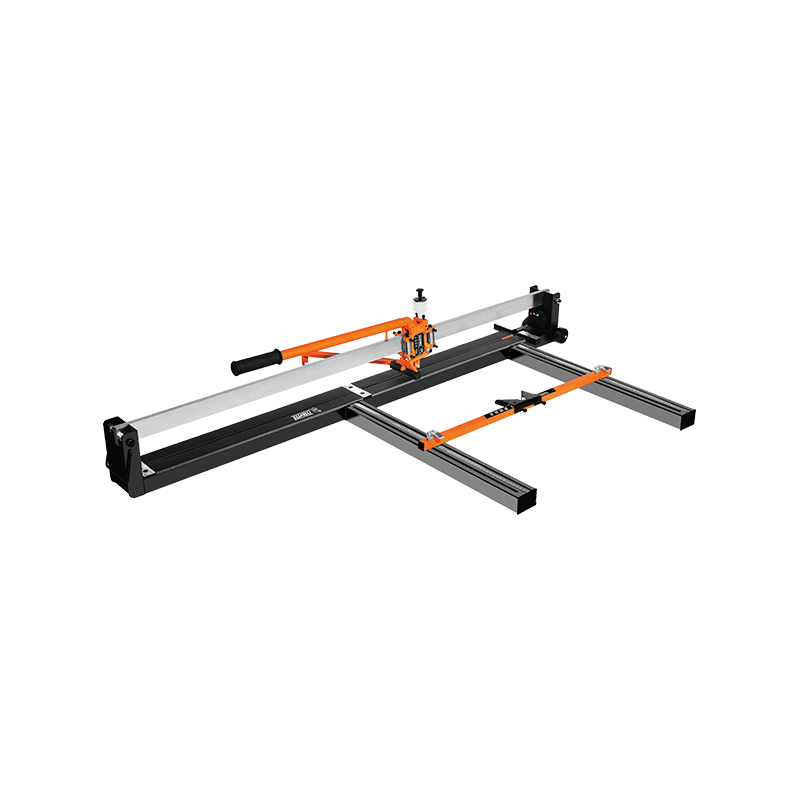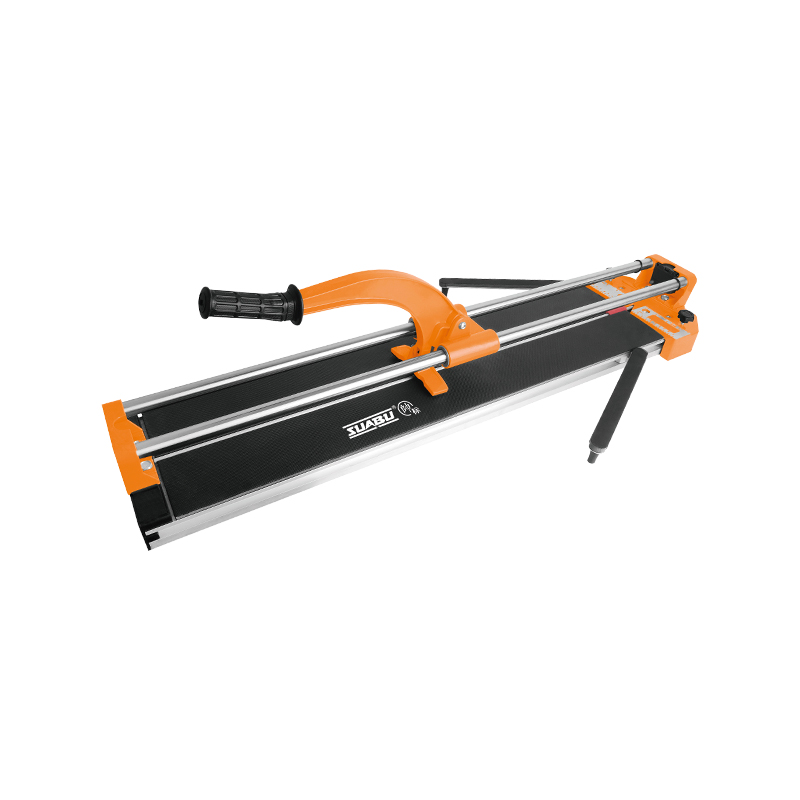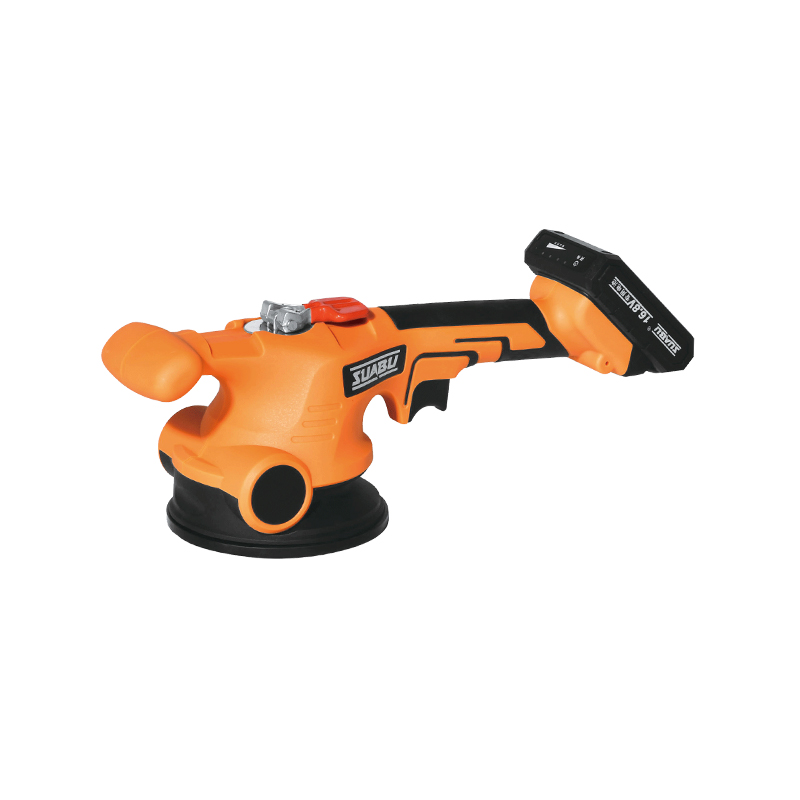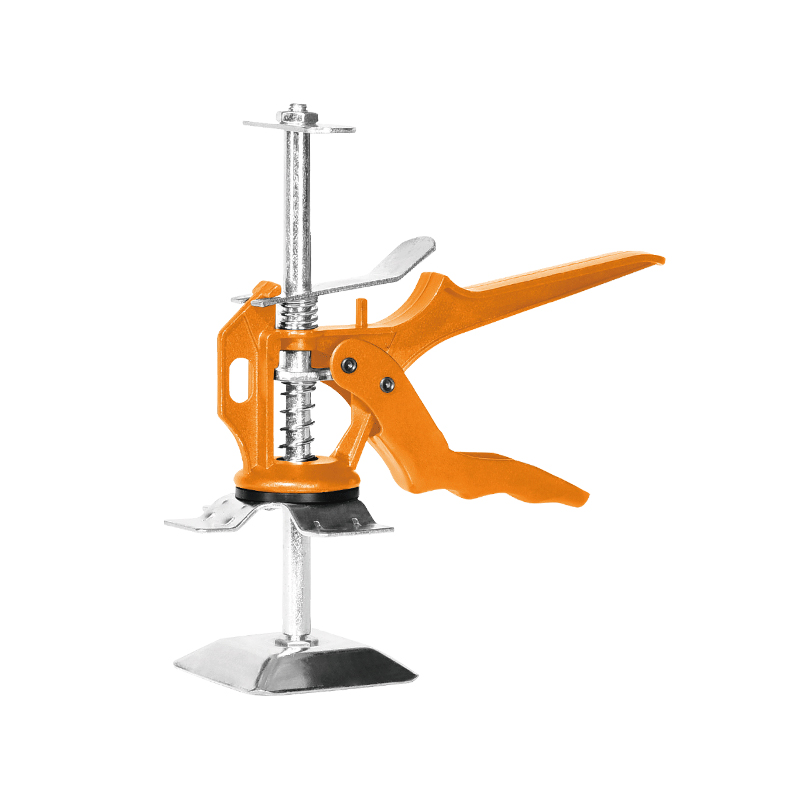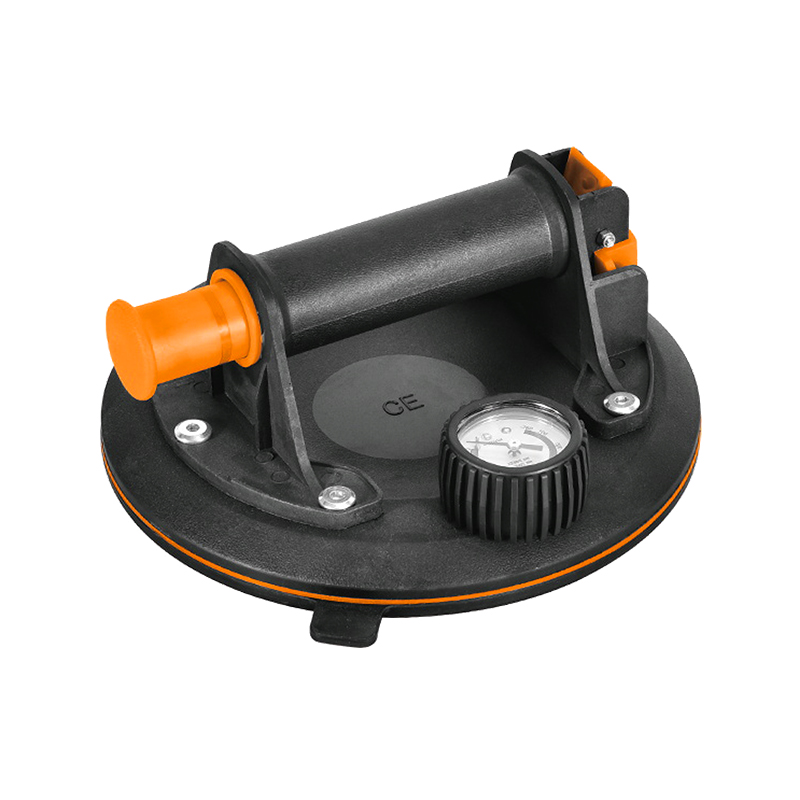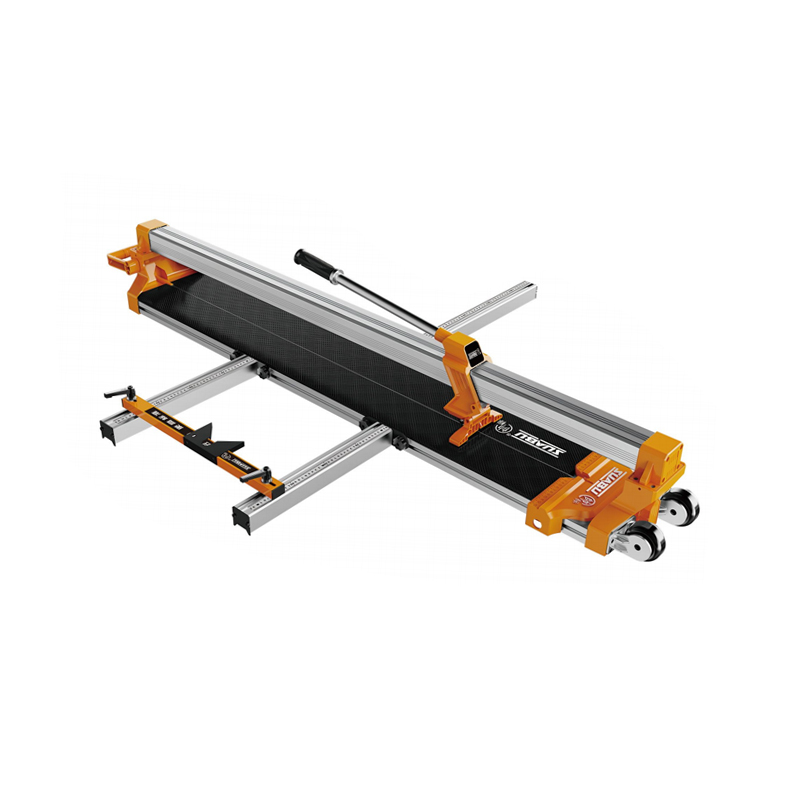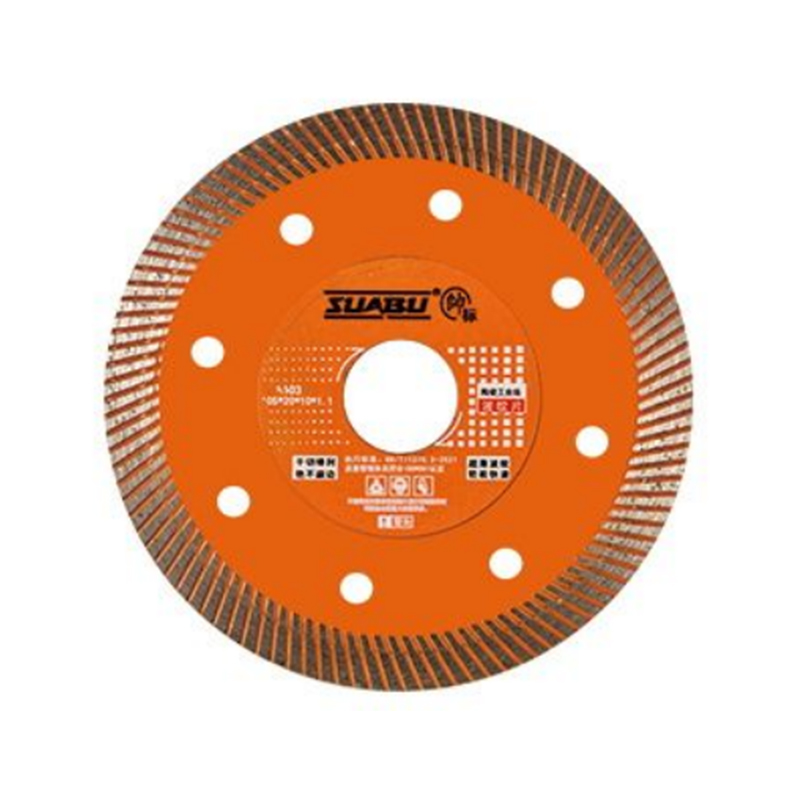Material Handling Improves With Upgraded Pneumatic Suction Cup Designs
2025-08-22
Material handling processes continue to evolve as industries look for more efficient and reliable solutions to manage a wide range of materials, from delicate surfaces to heavy components. One area experiencing notable updates is the use of Pneumatic Suction Cups, which have become a common fixture in lifting and positioning equipment across sectors like construction, logistics, and tile installation. With updated designs, these tools now offer greater stability and adaptability on varied surfaces.
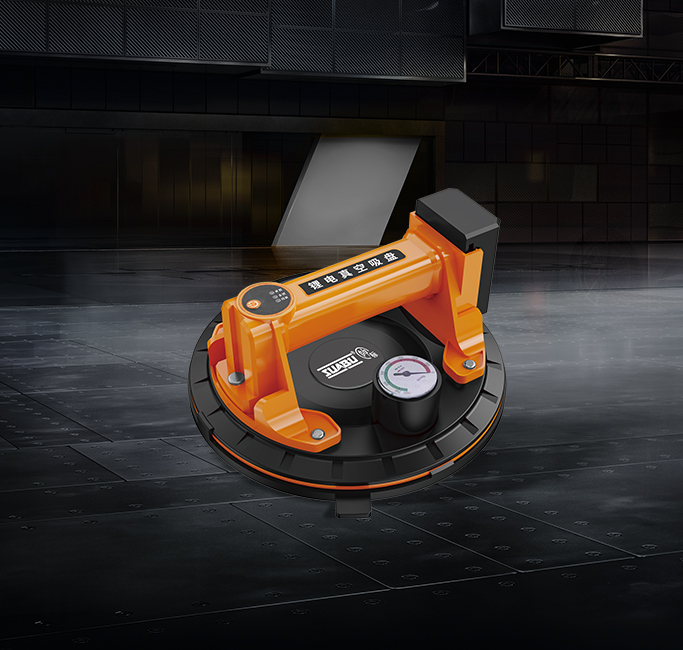
The application of Pneumatic Suction Cups has extended into tasks that require precise handling of fragile or slippery materials. Their ability to create and maintain a vacuum seal without manual exertion allows operators to move items such as glass panels, smooth tiles, and metal sheets with reduced risk of slipping or damage. As a result, workplaces are seeing a shift away from traditional lifting methods that often rely on clamps or manual force, particularly in areas where surface integrity matters.
In the construction and home renovation sectors, tools like the porcelain tile suction lifter are gaining more visibility. These lifters are specifically designed to manage the smooth and sometimes brittle nature of porcelain tiles, which are popular in modern interior and exterior finishes. Handling these tiles without proper support can advance to cracks or breakage. The porcelain tile suction lifter provides a secure grip that allows for better placement and alignment, particularly with large-format tiles that are difficult to lift manually.
Recent improvements in Pneumatic Suction Cups have focused on enhancing their ability to adapt to curved or uneven surfaces. By integrating more flexible materials and refining the edge designs of the cups, manufacturers have managed to improve contact reliability across a variety of surfaces. This is particularly useful in industries where surfaces may be dusty, lightly textured, or even slightly porous. Despite their relatively simple construction, the performance of these suction cups plays a significant role in reducing time and effort during repetitive lifting tasks.
The porcelain tile suction lifter has also evolved to include features that make it easier to use on-site. From ergonomic handles to improved air release valves, these tools are increasingly user-friendly, even for individuals without specialized training. As tile dimensions continue to increase in both residential and commercial applications, reliable tools are necessary to ensure safe handling from delivery to final installation.
Moreover, using Pneumatic Suction Cups can improve worker safety by reducing the need for awkward lifting postures or team lifts. Since the suction mechanism relies on air pressure, it less the strain placed on the user. This is especially relevant in busy production environments or small teams where manual lifting is common. The reduction in workplace injuries associated with improper lifting techniques also contributes to better productivity and lower costs.
On tiled flooring projects, the porcelain tile suction lifter allows for more accurate placement by enabling slight adjustments before final positioning. This can be particularly helpful when working with patterns or when tiles must be aligned flush with walls or other materials. The ability to reposition a tile without damaging it or the underlying surface makes this tool a valuable asset for both novice and experienced installers.
In conclusion, the shift toward upgraded tools like Pneumatic Suction Cups and porcelain tile suction lifters reflects a growing recognition of the need for efficiency, precision, and care in handling various materials. These tools not only simplify tasks but also contribute to safer and more streamlined workflows across different industries. As demands continue to change, such solutions are likely to see further refinement and broader implementation.

